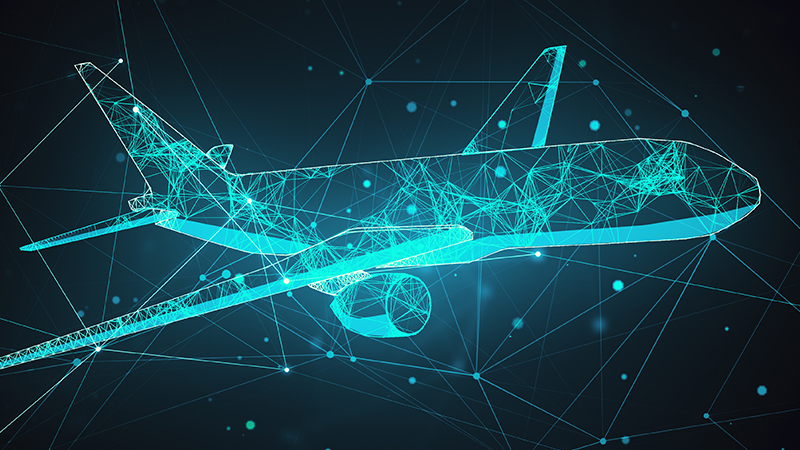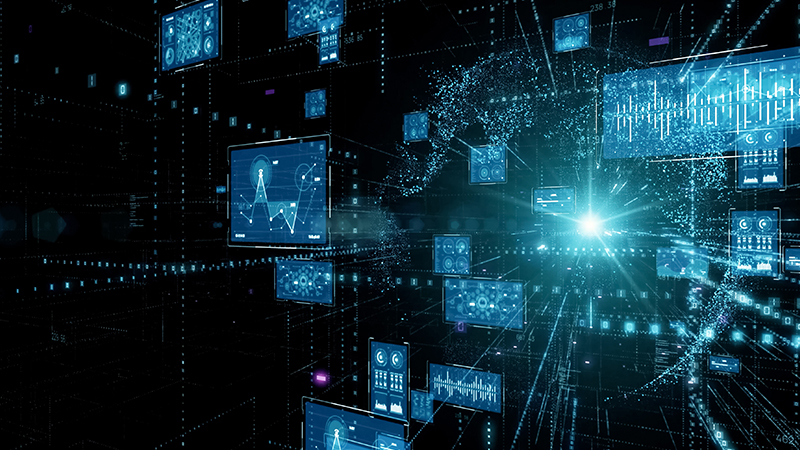

In December 2021, we wrote a post about how the UK’s National AI Strategy will impact engineering in the future.
As we mentioned, AI already plays a significant role in engineering and will continue to do so for as long as we rely on machines.
Now, though, let us look at some of the ways that aviation engineering uses AI and how this could look in the future.
Any system that relies on computers requires programming.
While this is a broad statement, it is particularly true for programs that integrate AI into their wider services.
For example, if you were to run a data retention program, you could, realistically, pick up a ready-made solution.
However, if you wanted the same program to analyse the data using AI, you will probably need to code this yourself.
As such, programming languages such as Python are more important than ever for engineers.
Granted, it is not the only language, but its general-purpose nature, integration with operating systems, and open-source code make it perfect for developing all kinds of AI tools.
Once developed, aviation engineers can use these tools to optimise and augment data collection to make modern engineering more efficient.
As we discussed in our previous post, this is how AI will serve us in the engineering sector: it will analyse processes so we can improve them.
It might not be something all engineers see as a direct benefit, but learning a general-purpose programming language like Python could (and perhaps should) become part of standard engineering education, particularly in the aviation industry.

So, what are some potential – and actual – use cases for AI in aviation?
A great example is Skywise, Airbus’ data analytics platform. It uses AI and machine learning to analyse all kinds of data, leading to better modelling and decision-making.
For example, Airbus used Skywise to respond to the pandemic by tracking air traffic fluctuations and changing flight restrictions.
Airlines also use AI for everything from staff management and in-flight supply tracking to fuel optimisation and customer services.
It is impossible to understate the ubiquity of AI in the aviation industry, particularly in customer-facing roles.
However, the same is true if we look at it from the production and maintenance side.
AI can help crews predict maintenance and repairs, leading to less downtime between flights and more predictable and regular services.
SynapseMX, a US-based AI start-up, created just such an intelligent maintenance platform, leading to notable savings for its users.
Looking ahead, AI might even play a role in self-driving flights.
In June 2020, Airbus concluded its Autonomous Taxi, Take-Off and Landing (ATTOL) project.
As the name suggests, it used AI to plan and test autonomous take-offs and landings, resulting in (almost) the aviation equivalent of self-driving cars.
After conducting more than 500 test flights, Airbus concluded that ATTOL has great potential for revolutionising future aviation.
It is fair to say that AI’s role in aviation engineering will only increase in the future.
Its assistance in system optimisation and augmentation will be massive, particularly as we look towards complex processes like automated piloting and production.
There may even come a time when engineers will become part coders, especially those who wish to work with disruptive technologies. In fact, this might happen sooner than we think.

